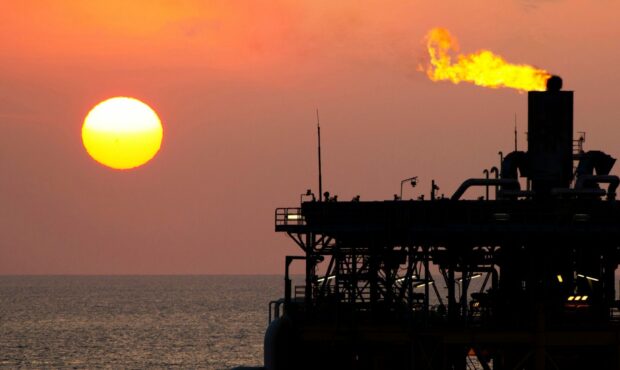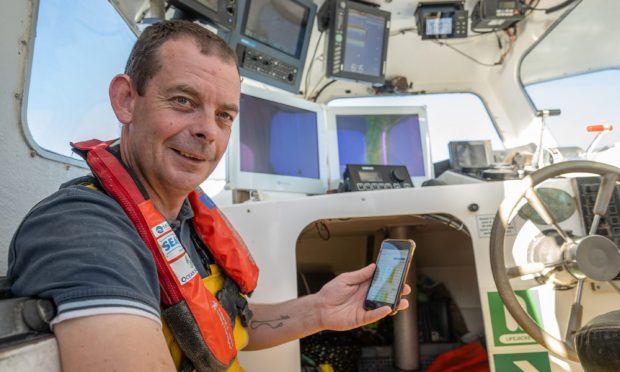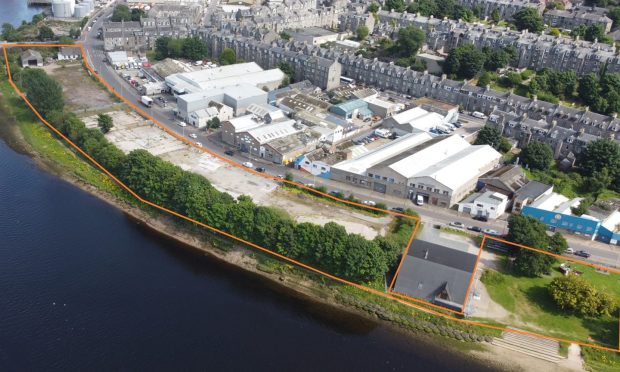Fresh analysis has spotlighted the headway the North Sea oil and gas industry is making in its quest to slash operational emissions.
According to the latest Emissions Monitoring report, the sector is on track to hit early targets after posting cuts of more than a fifth between 2018 and 2021.
Published by industry regulator the North Sea Transition Authority (NSTA), the study shows greenhouse gas releases fell by an estimated 14.6% last year, to 14.3 million tonnes of CO2.
That means an overall reduction of 21.5% since 2018.
In order to allow users to carry out a detailed analysis of emissions performance, a dashboard – taking into account region, year and facility – has been attached to the report.
North Sea Transition Deal
Operational emissions are a by-product of extracting oil and gas, with offshore flaring a major contributor.
The industry is taking steps to reduce its impact on the environment by investing in more energy-efficient equipment and technologies that minimise the process.
Various agreements aimed at slashing offshore emissions – such as the North Sea Transition Deal (NSTD) and Methane Action Plan – are also in place.
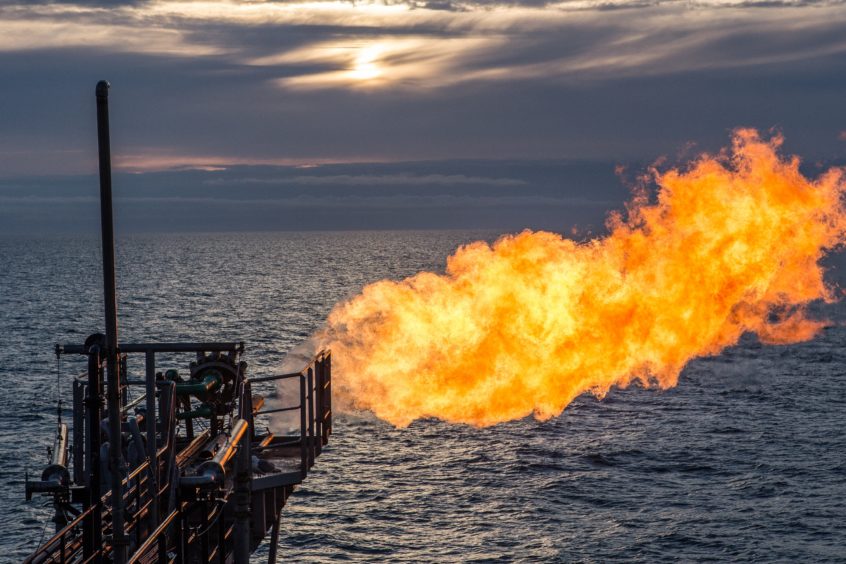
In recent years, there has been a reduction in offshore activity, sparked by Covid-19, as well as the permanent shutdown of several high-emitting platforms.
Those two factors have played a big part in the decrease reported in the NSTA study.
Installation maintenance shutdowns and pipeline closures, resulting in a “substantial” fall in production, also made a dent.
Encouragingly for the North Sea, NSTA projections indicate the sector is on track to meet interim emissions reduction targets of 10% by 2025 and 25% by 2027.
Both objectives were included in the NSTD, a pact between industry and the UK Government signed in 2021.
‘Bold’ plays needed to maintain progress
However, “bold measures” will be needed to hit the industry’s 2030 goal of halving emissions.
Upgrading platforms to run on clean electricity, rather than gas or diesel, is essential if the NSTD is to be delivered, the NSTA warned.
At least two electrification projects will need to be commissioned by 2027 to decarbonise activities at the levels needed.
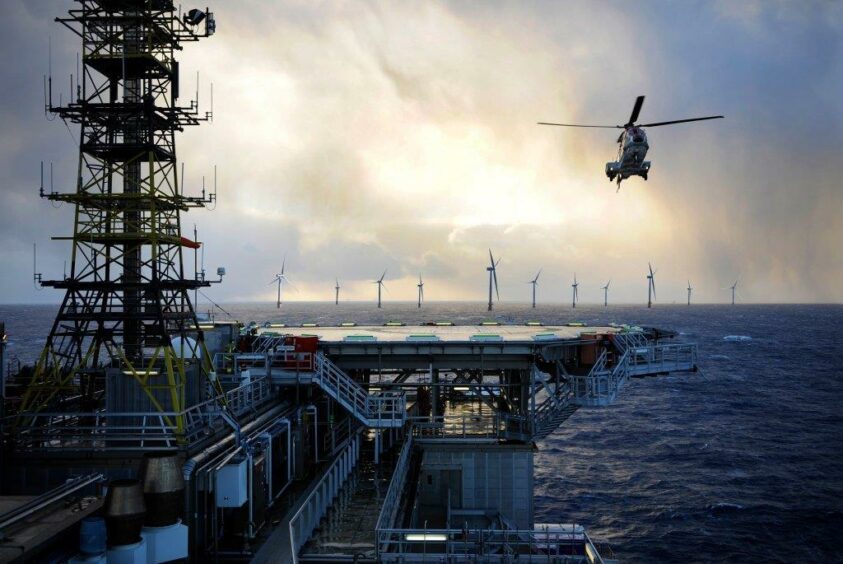
Meeting the targets laid out in the NSTD targets is the “absolute minimum” the NSTA expects from industry, and the regulator has previously threatened to get tough to ensure goals are hit.
NSTA’s outgoing chief executive Andy Samuel said: “The NSTA will continue to hold industry to account to make sure it delivers on, and surpasses, its targets.
“The excellent progress on flaring is another example of our sharp focus on performance combining to good effect with rapid industry action to support emissions reductions and energy security.
“As a result, flaring has been on a declining trend since 2018 and the reductions achieved in 2021 alone were equivalent to the annual gas demand of 130,000 UK homes.”
Flaring and venting down
In order to drive further reduction, the NSTA has pledged to robustly manage performance, including through the annual stewardship survey, monitoring and benchmarking, tier reviews and publishing new and updated guidance.
In the first half of last year, the regulator introduced a requirement for licensees to implement emissions reduction plans for new and existing projects.
It also rolled out tough new guidance to clamp down on flaring – the source of more than a fifth of UKCS emissions – and venting.
This has led to the installation of equipment powered by electricity and systems that capture gas that would otherwise have been flared.
As a result, total offshore flared volumes fell by 20% in 2021, while venting dropped by 22%.
Mr Samuel said: “The industry has made impressive progress on reducing emissions during a turbulent period marked by a global pandemic and unprecedented price volatility.
“Energy security is more sharply in focus than ever and the NSTA is working closely with industry and government to bring new oil and gas projects online and bolster UK energy supply. This vital work sits alongside emissions reduction goals.”
